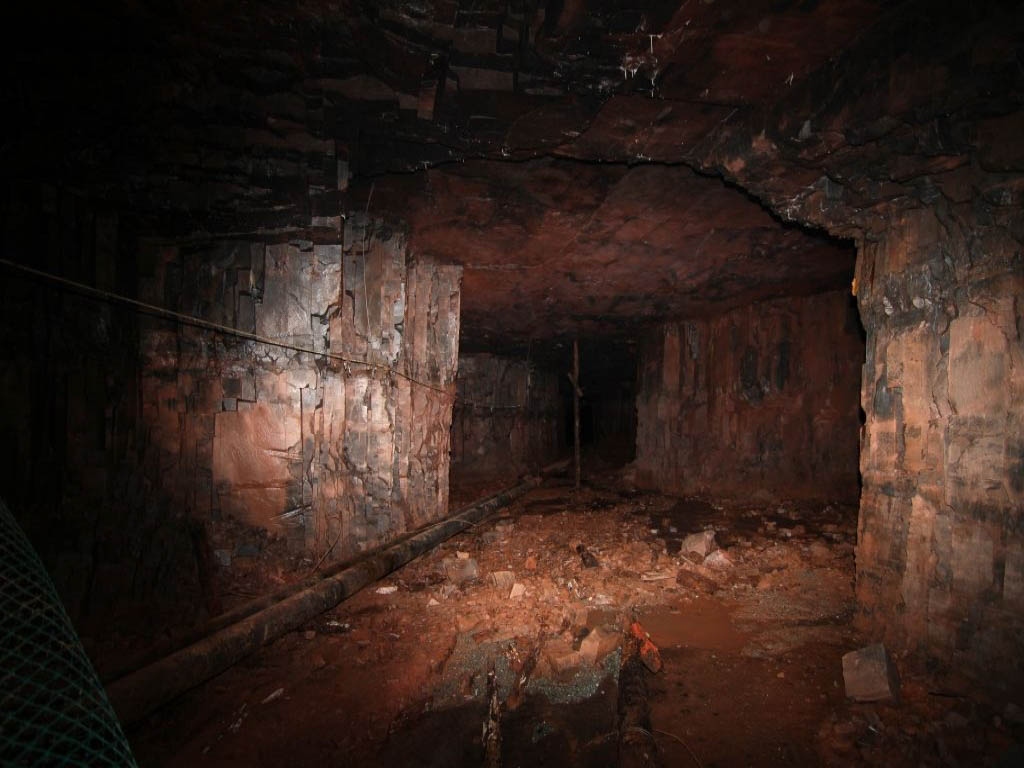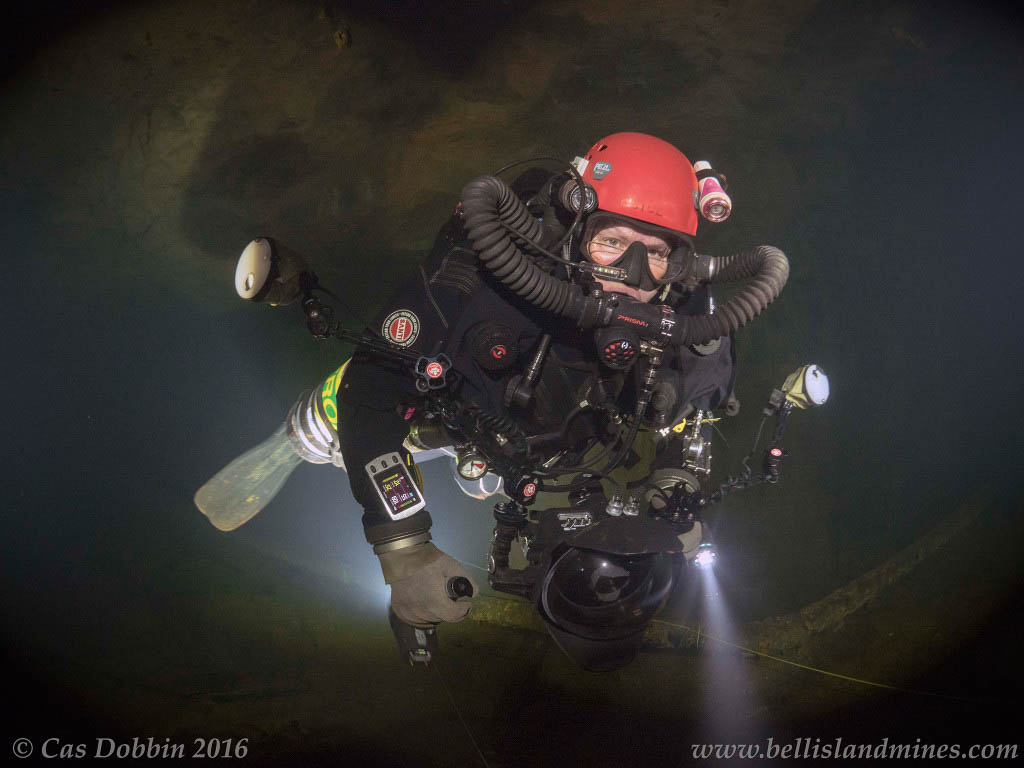April 1966; Number Three Mine @ Bell Island, the last of the underground mines was closed, pumps were turned off and the caverns filled with fresh water, preserving the area, and thus ending the longest continuously operating mining project in Canada. There was no record of what was left in the mines when they were flooded. 78,989,412 tonnes of iron ore were taken from the mines and transported throughout Canada, West Germany, the United States, Belgium and Holland. Bell Island was the primary iron source for the Sydney, Nova Scotia steel mills up until the 1950s.

Bell Island is an island situated off Newfoundland’s Avalon Peninsula and in Conception Bay, Canada. It has an area of 34 square kilometres (8,400 acres) and measures 9.7 kilometres (6.0 mi) in length and 3.5 kilometres (2.2 mi) in width. Bell Island had a population of over 12,000 in 1961, although it was below 4,000 in the 1996 Census. Most of the population lives in Wabana and the rest in Lance Cove and Freshwater. Bell Island is serviced by a public transit network. Two boats currently serve the 5KM route and are known as the Tickle.

Many divers from around the world know of Bell Island and it may be on their bucket list. During the Second World War, German submarines attacked and sunk four bulk carriers carrying iron ore in two attacks on 5 September and 2 November 1942, Four ships sunk and 70 merchant mariners lost their lives: SS Saganaga, SS Lord Strathcona, SS P.L.M 27 and the SS Rose Castle.
Ocean Quest of St John’s Newfoundland since 1997, offers dive exhibitions to these sunken ships as well as snorkeling/kayaking/cod fishing/cave adventures and a water tour.
Coming soon from Ocean Quest
Ocean Quest will soon be able to deliver endless adventures to dive the mines with the help of the Bell Island Historical Society. The Minequest project is planning artefact discovery, survey and cartography, inventory and documentation, human physiology testing for the stress of decompression, and DNA-type biology studies living within this area.
These initial divers from the MineQuest project will turn visual assets over to the Bell Island Historical Society and assist them in developing educational materials from Mine # 2 for the museum. The dive team at this time is not expected to extract any artefacts. In addition, the team is building an infrastructure and secure diving procedures that potential visitors to the cave can use when diving the Bell Island mines.






